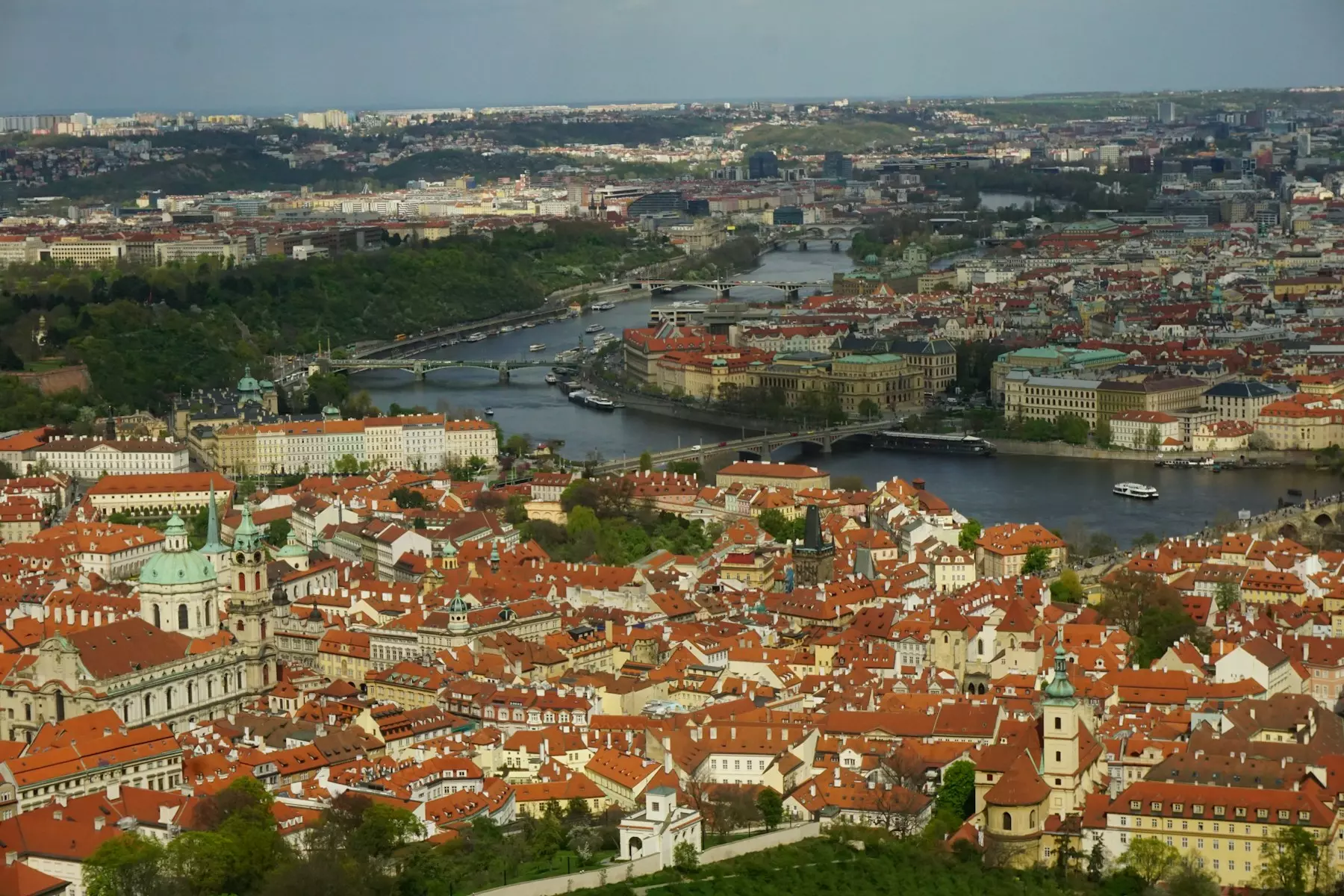Eastern Europe has emerged as one of the most compelling real estate investment destinations globally, attracting billions in foreign capital as investors seek higher yields and growth potential. The region’s combination of economic stability, EU membership benefits, and rapidly developing infrastructure has created unprecedented opportunities across both commercial and residential property sectors. From Warsaw’s gleaming office towers to Prague’s historic residential neighborhoods, international investors are recognizing the substantial value proposition that Eastern European markets offer compared to their saturated Western counterparts.
Get 50% OFF!
Subscribe to our newsletter and enjoy a 50% discount on all listing packages, no strings attached!

Eastern Europe Real Estate Investment Surge
Eastern Europe Attracts Global Property Investors
The Eastern European real estate market has experienced a remarkable transformation over the past five years, with investment volumes reaching record highs across multiple countries. International institutional investors, including pension funds, sovereign wealth funds, and private equity firms, have collectively poured over €15 billion into the region’s property markets since 2020. This surge represents a 340% increase compared to the previous five-year period, highlighting the growing confidence in Eastern Europe’s economic fundamentals and real estate potential.
Major global players like Blackstone, Warburg Pincus, and various German open-ended funds have established significant portfolios across Poland, Czech Republic, Hungary, and Romania. The appeal lies in the region’s attractive yield spreads, which typically range from 5.5% to 8.5% for prime commercial properties, compared to 3.5% to 5% in Western European markets. Additionally, the regulatory environment has become increasingly investor-friendly, with streamlined acquisition processes and enhanced legal protections for foreign ownership rights.
Warsaw and Prague Lead Investment Growth Trends
Warsaw has positioned itself as the undisputed leader in Eastern European real estate investment, capturing approximately 40% of total regional investment volume in 2023. The Polish capital’s office market alone attracted €2.8 billion in transactions, driven by strong tenant demand from multinational corporations and the city’s status as a major outsourcing hub. Modern office developments in districts like Mokotów and Wola have achieved occupancy rates exceeding 95%, with rental growth averaging 8% annually over the past three years.
Prague follows closely as the second-largest investment destination, with its unique combination of historical charm and modern infrastructure appealing to both commercial and residential investors. The Czech capital has seen particularly strong performance in the logistics and industrial sectors, with warehouse properties near Prague achieving some of the highest returns in Europe. Residential investment has also flourished, with luxury apartment developments in Prague 1 and Prague 2 districts commanding premium prices from both local and international buyers seeking stable rental income streams.
Tech Hubs Drive Commercial Real Estate Demand
The rapid expansion of technology companies throughout Eastern Europe has created unprecedented demand for modern office space and specialized commercial facilities. Cities like Krakow, Bucharest, and Budapest have emerged as major tech outsourcing centers, hosting operations for global giants including Google, Microsoft, IBM, and Amazon. This technology boom has directly translated into commercial real estate demand, with tech companies typically requiring 15-20% more space per employee than traditional businesses due to collaborative work environments and specialized equipment needs.
Developers have responded by creating purpose-built tech campuses featuring advanced telecommunications infrastructure, flexible floor plates, and extensive amenities designed to attract top talent. These specialized developments command rental premiums of 20-30% above standard office space, while maintaining occupancy rates above 90%. The sustainability aspect has become particularly important, with tech companies increasingly demanding LEED or BREEAM certified buildings, driving developers to invest in green building technologies and energy-efficient systems that enhance long-term asset value.
Foreign Capital Flows Into Residential Markets
International investors have discovered significant opportunities in Eastern Europe’s residential markets, particularly in the rental sector where housing shortages have created strong fundamentals. German and Austrian institutional investors have been especially active, acquiring large residential portfolios in major cities where rental yields often exceed 6% annually. The build-to-rent sector has experienced explosive growth, with purpose-built rental developments becoming increasingly common in Warsaw, Prague, and Budapest as developers recognize the stable income potential.
Foreign investment in luxury residential properties has also surged, driven by wealthy individuals from Western Europe and North America seeking vacation homes or investment properties in historic city centers. Prague’s luxury residential market has been particularly attractive, with properties in prime locations appreciating by an average of 12% annually since 2020. The combination of EU membership, stable currencies, and strong legal frameworks has provided international buyers with confidence in long-term capital preservation and growth potential.
Economic Stability Boosts Long-Term Prospects
Eastern Europe’s economic resilience during recent global uncertainties has strengthened investor confidence in the region’s long-term real estate prospects. GDP growth rates consistently outpacing Western European averages, combined with controlled inflation and stable political environments, have created favorable conditions for sustained property market expansion. The European Union’s continued infrastructure investment through various development funds has further enhanced the region’s attractiveness, with billions allocated for transportation networks, digital infrastructure, and urban development projects.
Demographics also strongly support continued real estate growth, with urbanization rates increasing steadily as rural populations migrate to major cities for employment opportunities. This demographic shift, combined with rising disposable incomes and increasing homeownership aspirations, creates sustained demand across all property sectors. Currency stability within the EU framework has eliminated much of the foreign exchange risk that previously concerned international investors, while local banking systems have matured to provide sophisticated financing options for both domestic and international property transactions.
The Eastern European real estate investment surge represents more than just a cyclical trend – it reflects a fundamental shift in global capital allocation toward markets offering superior risk-adjusted returns. With continued economic growth, increasing integration with Western European markets, and ongoing infrastructure development, the region is positioned to maintain its momentum well into the next decade. Investors who recognize these structural advantages early will likely benefit from both strong current yields and substantial long-term capital appreciation as these markets continue maturing and converging with their Western counterparts.





Join The Discussion